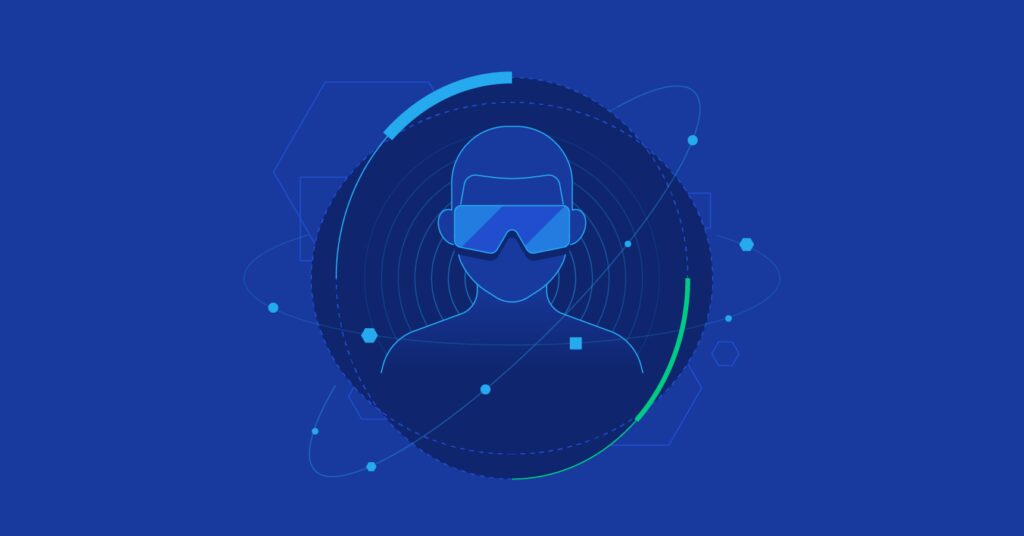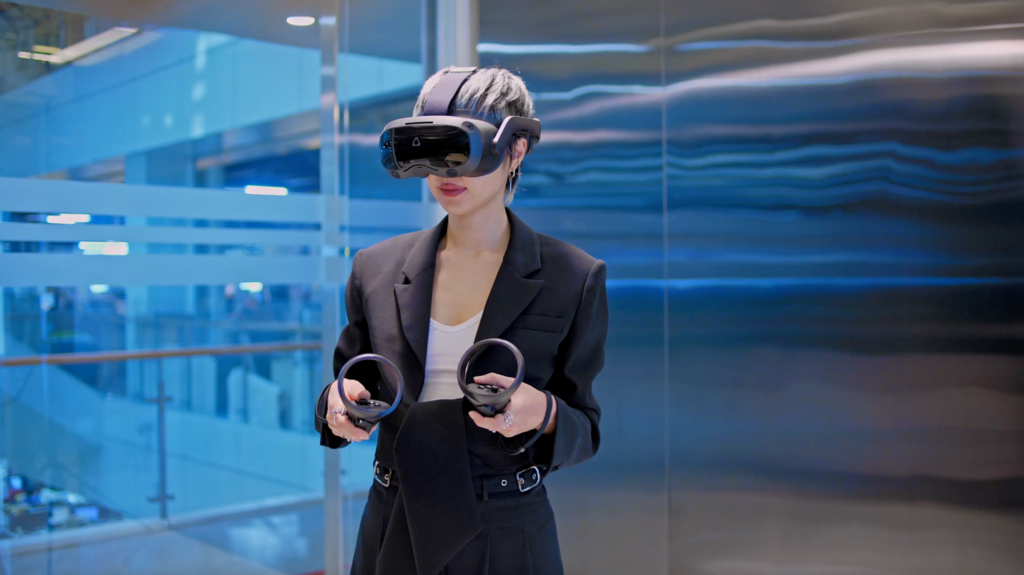The distinction between VR, AR, MR, and XR lies in their approach to melding the digital and physical worlds. VR endeavors to whisk users away into interactive, alternate dimensions, often via VR goggles, creating a complete detachment from physical surroundings. On the other hand, AR overlays digital elements onto the real world, as showcased by the Pokémon Go craze. MR merges elements from both, integrating digital and real-world objects to interact within a singular space. All these fall under the umbrella term XR, encapsulating technologies that heighten sensory experiences.
Creating immersive, simulated 3D environments involves the intricate orchestration of digital elements through a suite of VR software development tools. These tools are pivotal in crafting experiences that transport users into entirely new worlds or infuse digital elements seamlessly into our reality.
How does VR software work its magic? By crafting 3D objects within a virtual space, employing sensory feedback like sound or haptic responses, and immersing users in interactive elements. These tools operate based on their immersion levels, categorized into software development kits (SDKs), build tools such as game engines, and content creation/management systems.

Source: toptal.com
Selecting the right VR software is crucial to achieving realism and sensory depth. A multitude of SDKs cater to specific hardware needs. For instance, HTC Vive utilizes OpenVR SDK and APIs, providing access to controllers, models, and Unity’s preview mode. Sony PlayStation VR offers a unique SDK boasting 360-degree vision and top-tier visuals/audio. Oculus Rift finds its match in Oculus SDK with tailored kits for game engines, along with the Oculus Mobile SDK for Samsung GearVR.
Cross-platform SDKs like Google VR SDK and Amazon Sumerian widen the scope by functioning across various devices, enabling development for different VR platforms.
Game engines serve as vital components for VR software development, unifying assets and offering robust 3D editing capabilities. Unreal Engine 4, renowned for its versatility, grants scripting access and a flexible editor, while Unity, known for mobile game development, excels in designing VR solutions with collaboration features and extensive platform compatibility. CRYENGINE, acclaimed among game developers, presents stunning visuals and sandbox tools for VR application creation.
Content creation tools like 3ds Max and Maya empower teams to craft 3D animations, textures, and effects, while data management solutions, including version control, streamline file storage and iteration management. Version control acts as a foundational tool, facilitating seamless collaboration by integrating various VR software development tools.
Industries spanning game development, healthcare, and automotive sectors are leveraging these VR software development tools to architect groundbreaking virtual experiences. The potential for innovation within this realm is limitless, offering a playground for creativity and technological advancement.

Source: blog.vive.com
Key Takeaways
In the ever-evolving VR software development industry, the tools available serve as gateways to unparalleled creativity and innovation. Crafting immersive 3D environments and blending digital elements with reality hinges on the meticulous selection and adept utilization of SDKs, game engines, content creation tools, and robust data management systems. Each element plays a vital role in sculpting experiences that transport users into new dimensions or seamlessly integrate digital enhancements into our world.
Moreover, the widespread application of VR software development extends far beyond gaming, penetrating industries like healthcare, automotive, and beyond. The convergence of technology and imagination within these tools presents boundless opportunities for revolutionizing training, simulation, design visualization, and beyond. As these tools continue to evolve, their impact will reverberate across diverse sectors, paving the way for the next generation of immersive and transformative experiences.



